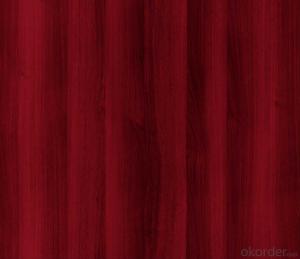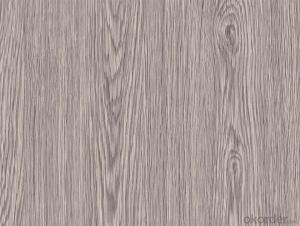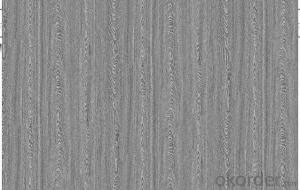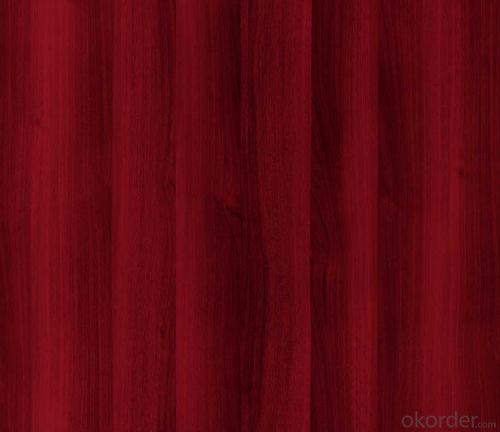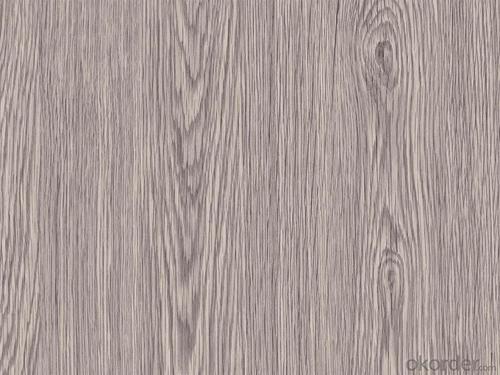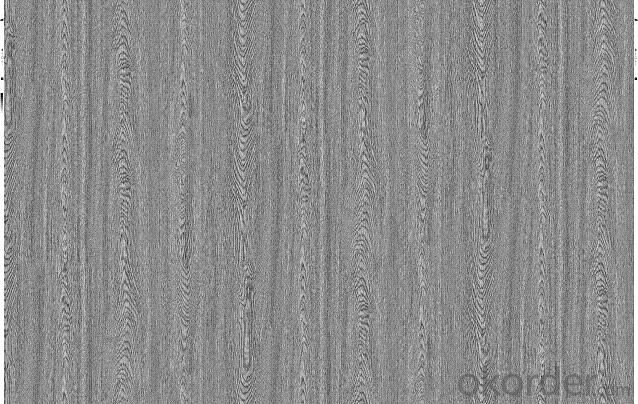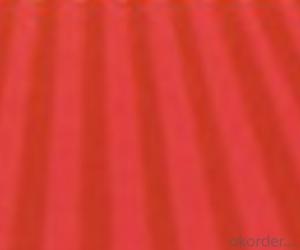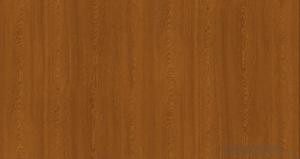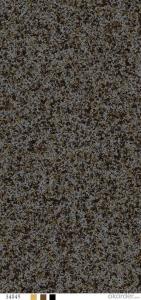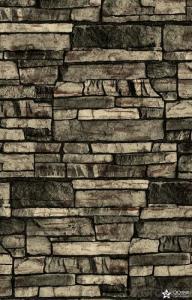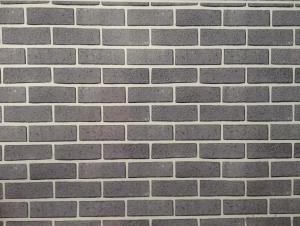color bond surface coating steel plate--XY024
- Loading Port:
- China Main Port
- Payment Terms:
- TT OR LC
- Min Order Qty:
- -
- Supply Capability:
- -
OKorder Service Pledge
OKorder Financial Service
You Might Also Like
1.Color bond surface coating steel plate :
2.More than ten years experiences, the products are sold to the domestic city and some international cities we strivc to develop production of color coating steel plate the plating (aluminum )
zinc steel. Coil cheickness between 0.6mm and 1.5mm and the width from 600mm to 1250mm and a variety of high durability of color coating steel plate.
3.The company has multiple layer patterns for customers to choose The company provides products deep processing services ,meet the various needs of customers on board specifications All of out products comply with international quality standards and are greatly appreciated in a variety of different markets throughout the world.
4.If you ate interested in any of our products or would like to discuss a custom order please feel free to contact us we are looking forward to forming successful business relationships with new clients around the world in the near future.
5.We can design the color and thickness according to customers' requirements. The delivery time is only 30 day after you confirm the order.
- Q: What is the weight of each steel sheet?
- The weight of each steel sheet depends on its dimensions and thickness. Steel sheets come in various sizes and thicknesses, so the weight can vary. To determine the weight, you would need to know the length, width, and thickness of the steel sheet. Once you have these measurements, you can use a weight calculator or reference a steel weight chart to find the weight per square meter or per square foot of the steel sheet. Multiplying this weight by the surface area of the sheet will give you the total weight of each steel sheet.
- Q: What are the problems encountered in the construction of steel sheet piles? How to deal with
- Steel sheet pile and fill ground segment into the process by the lateral extrusion force of different rocks are prone to deviation, take the following measures to rectify the deviation in the deflection position of the steel sheet pile to pull l.0m ~ 2.0m, and then down into the hammer, so the up and down reciprocating vibration extracting several times, can make the big stone shattered or the displacement, make steel sheet pile position is correct, reduce the inclination of the steel sheet pile.
- Q: Are the steel sheets easy to transport and handle?
- Yes, steel sheets are relatively easy to transport and handle. They are typically compact and lightweight, making them convenient to move around. Additionally, their flat and rigid nature allows for easy stacking and loading onto transportation vehicles. However, larger and heavier steel sheets may require specialized equipment and machinery for safe handling and transportation.
- Q: What is the price range of steel sheets?
- The price range of steel sheets can vary depending on several factors such as the type and grade of steel, the thickness and size of the sheet, and the market conditions. Generally, the price range for steel sheets can range from around $0.60 to $1.50 per pound. However, it is essential to keep in mind that these prices are approximate and can change frequently due to fluctuations in the steel market and other economic factors. It is advisable to check with local suppliers or online platforms to get the most accurate and up-to-date pricing information for steel sheets.
- Q: What is the average wind load capacity of steel sheets?
- The average wind load capacity of steel sheets can vary depending on various factors such as sheet thickness, size, shape, and the specific steel material used. It is typically determined by conducting engineering calculations and considering local building codes and standards. Therefore, it is not possible to provide a specific average wind load capacity without knowing the specific details of the steel sheets in question.
- Q: What are the common applications of hot-rolled steel sheets?
- Hot-rolled steel sheets are commonly used in a variety of applications, including construction projects such as buildings, bridges, and infrastructure. They are also used in the automotive industry for manufacturing parts like frames, chassis, and body panels. Additionally, hot-rolled steel sheets find their application in manufacturing appliances, pipelines, furniture, and various other metal products.
- Q: Can the steel sheets be easily formed into curves or angles?
- Sheet metal bending is a process commonly employed to shape steel sheets into curves or angles. Specialized tools like brakes or press machines are utilized to achieve the desired form. The capacity to create curves or angles depends mainly on the thickness and type of steel employed. Generally, thinner and more malleable steel sheets are easier to handle and can be molded into tighter curves or angles. Conversely, thicker and less malleable steel sheets might necessitate greater force and advanced machinery to accomplish the desired shape.
- Q: How do steel sheets perform under heavy loads or pressure?
- Steel sheets are known for their exceptional strength and durability, making them highly resistant to heavy loads or pressure. Due to their composition and manufacturing process, steel sheets possess a high tensile strength, which allows them to withstand substantial amounts of force without deforming or breaking. This property makes steel sheets ideal for applications where heavy loads or pressure are involved, such as construction, transportation, and industrial machinery. Additionally, steel sheets have excellent load-bearing capacity, meaning they can distribute the applied pressure evenly across their surface, minimizing the risk of structural failure or damage. The ability of steel sheets to perform under heavy loads or pressure is further enhanced by their rigidity, which prevents them from bending or buckling, ensuring the integrity of the structure or equipment they are supporting. Overall, steel sheets are a reliable and robust choice when it comes to handling heavy loads or pressure, making them a popular material in various industries.
- Q: Can steel sheets be used in aerospace applications?
- Yes, steel sheets can be used in aerospace applications. While steel is not as commonly used as other materials like aluminum or titanium in aerospace, it can still be employed in certain specific applications such as structural components or engine parts where its high strength, durability, and resistance to extreme temperatures are beneficial.
- Q: Can steel sheets be used for flooring or decking?
- Yes, steel sheets can be used for flooring or decking in certain applications. Steel sheets provide durability, strength, and resistance to fire, moisture, and pests, making them suitable for industrial or commercial settings. However, they may require additional insulation or coatings to minimize noise and improve slip resistance.
Send your message to us
color bond surface coating steel plate--XY024
- Loading Port:
- China Main Port
- Payment Terms:
- TT OR LC
- Min Order Qty:
- -
- Supply Capability:
- -
OKorder Service Pledge
OKorder Financial Service
Similar products
Hot products
Hot Searches
Related keywords
